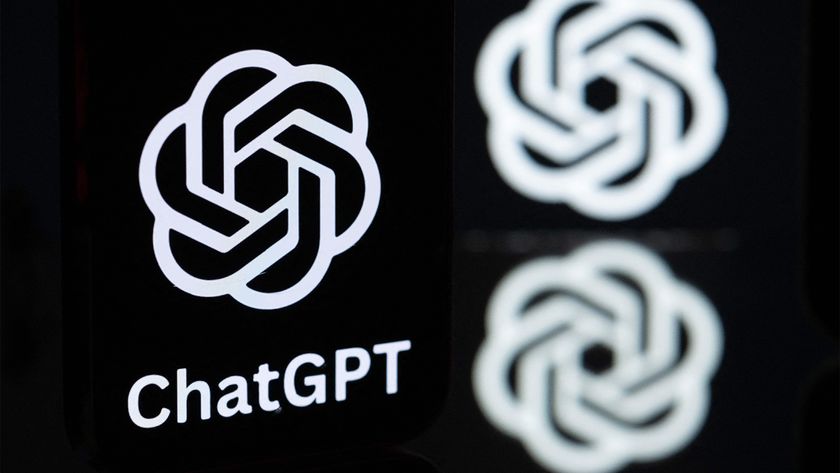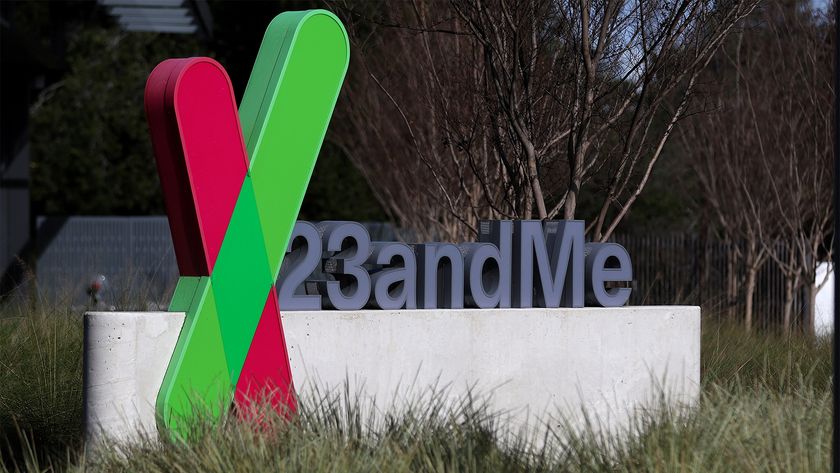Need to Know: Google Wave
We look at what all the fuss is about with Google Wave in the latest of our Need to Know cheat sheet series.
Once you've worked your way past the marketing hype, it's easy to see that Google Wave is actually a really simple concept. But there's an awful lot of very clever and complex technology working in the background to make that happen.
Concurrency control tech, for example, makes the real-time aspect of the collaboration platform possible, while natural language tools aid context and spelling.
What's in it for businesses?
Businesses live or die by the information they possess, either in their systems or in people's heads. The role collaboration plays in helping unleash ideas, solve problems and add more value to the bottom line cannot be underestimated.
Getting people who work in the same building can prove problematic due to conflicting schedules and heavy workloads. The complexity grows if an organisation's people are spread out across a country, or even globally.
Being able to collaborate and talk while showing on a document, in real-time over the web is likely to prove quite a boon to businesses. Particularly because it's free.
That's not to say companies are planning to rip out the systems they've invested in heavily over the years. Far from it. Instead, as the recession continues to bite, they will look at cheap and free ways of complementing the way they do things currently.
Get the ITPro. daily newsletter
Sign up today and you will receive a free copy of our Focus Report 2025 - the leading guidance on AI, cybersecurity and other IT challenges as per 700+ senior executives
Google Wave will therefore attract at least the interest of, if not wide adoption from, the business community.
How will it evolve?
There's a certain amount of predictability to how Google Wave will evolve, but its destiny is also in the hands of the developer community.
The two key words here are extension and embedding. Developers can put build robot Wave extensions by making use of APIs to automate tasks or tweak the interaction model. In addition, they can also build their very own Wave system based on the open protocols used.
Using the APIs, developers can also embed waves into other sites or introduce so-called social gadgets'
Sounds great, how can I get it?
Unless you're one of the chosen ones' already (100,000 people were chosen from a waiting list of people who'd registered their interest) or know someone who is, getting hold of a Google Wave account at the moment is pretty impossible.
You have to be invited. So there's a massive Google Wave party going on all over the world and most of us didn't get invited, or it got lost in the, er, post. Or something like that.
There is so much more demand than supply than some invites are being sold on eBay for big money.
To register your interest and ask Google for an invite, click O-bit Telecomand then cross your fingers.
Want to read more background on the latest IT topics? Click here for all the tech cheatsheets in our Need to Know series.
Maggie has been a journalist since 1999, starting her career as an editorial assistant on then-weekly magazine Computing, before working her way up to senior reporter level. In 2006, just weeks before ITPro was launched, Maggie joined Dennis Publishing as a reporter. Having worked her way up to editor of ITPro, she was appointed group editor of CloudPro and ITPro in April 2012. She became the editorial director and took responsibility for ChannelPro, in 2016.
Her areas of particular interest, aside from cloud, include management and C-level issues, the business value of technology, green and environmental issues and careers to name but a few.

















